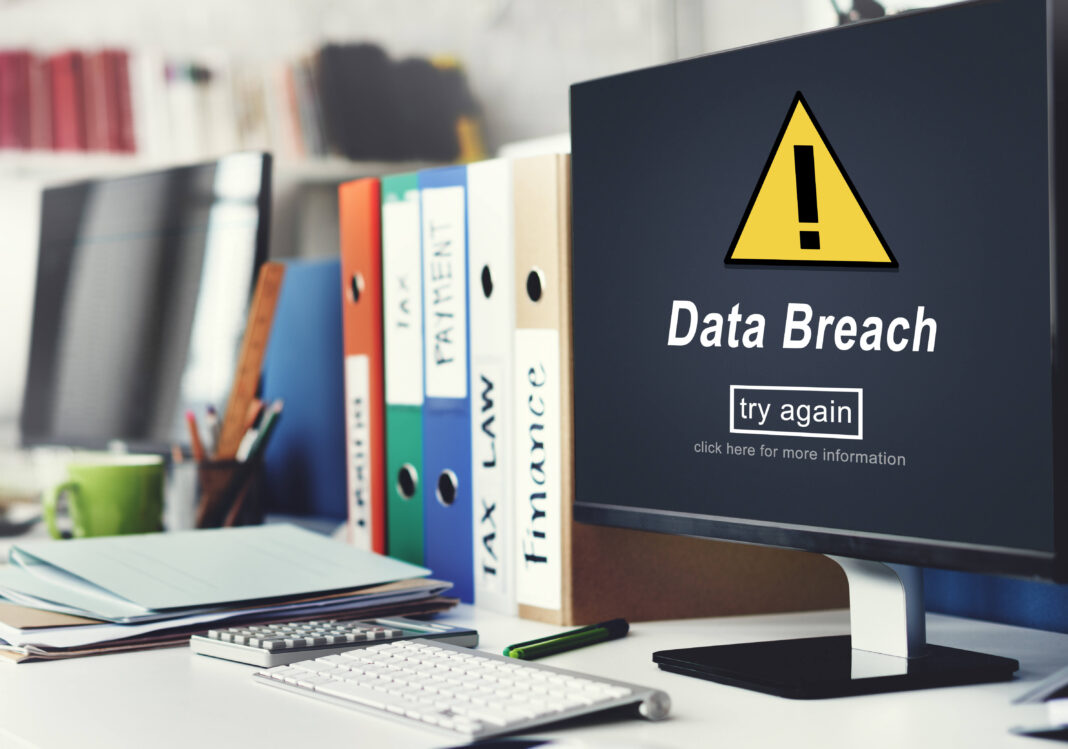Data loss prevention (DLP) tools have become a critical component of modern business operations. As organizations increasingly rely on digital data to drive decision-making, customer engagement, and operational efficiency, the risk of data breaches, leaks, and losses has grown significantly. DLP tools are designed to protect sensitive information, ensure compliance with regulations, and safeguard an organization’s reputation. This article explores the importance of DLP tools, their key features, benefits, and how they can be effectively implemented to secure data in various industries.
What Are Data Loss Prevention (DLP) Tools?
Data Loss Prevention (DLP) tools are software solutions designed to monitor, detect, and prevent unauthorized access, sharing, or leakage of sensitive data. These tools work by identifying, classifying, and protecting data across multiple platforms, including email, cloud storage, endpoints, and networks.

DLP tools use a combination of technologies such as encryption, data masking, and policy enforcement to ensure that sensitive information remains secure. They are particularly useful for organizations that handle large volumes of confidential data, such as financial records, intellectual property, and customer information.
Why Data Loss Prevention Tools Are Essential
1. Protecting Sensitive Information
Sensitive data, such as personally identifiable information (PII), financial records, and trade secrets, are prime targets for cybercriminals. DLP tools help organizations identify and secure this data, reducing the risk of unauthorized access or theft.
2. Ensuring Regulatory Compliance
Many industries are subject to strict data protection regulations, such as GDPR, HIPAA, and CCPA. DLP tools help organizations comply with these regulations by providing features like data classification, audit trails, and reporting.
3. Preventing Financial Losses
Data breaches can result in significant financial losses due to fines, legal fees, and reputational damage. DLP tools mitigate these risks by preventing data leaks and ensuring that sensitive information is handled securely.
4. Maintaining Customer Trust
Customers expect their data to be handled responsibly. A single data breach can erode trust and damage an organization’s reputation. DLP tools help maintain customer confidence by safeguarding their information.
Key Features of Data Loss Prevention Tools
1. Data Discovery and Classification
DLP tools scan an organization’s network to identify and classify sensitive data. This process ensures that critical information is properly labeled and protected.
2. Policy Enforcement
DLP tools allow organizations to create and enforce data protection policies. These policies dictate how data should be handled, shared, and stored.
3. Real-Time Monitoring and Alerts
DLP tools continuously monitor data activity and send alerts when suspicious behavior is detected. This feature enables organizations to respond quickly to potential threats.
4. Encryption and Data Masking
To protect data in transit and at rest, DLP tools use encryption and data masking techniques. These measures ensure that even if data is intercepted, it cannot be read or used.
5. Incident Response and Reporting
DLP tools provide detailed reports on data incidents, helping organizations analyze trends and improve their security posture.
How to Implement Data Loss Prevention Tools Effectively
1. Assess Your Data Environment
Before implementing a DLP solution, organizations should conduct a thorough assessment of their data environment. This includes identifying sensitive data, understanding how it is used, and recognizing potential vulnerabilities.
2. Define Clear Policies
Effective DLP implementation requires clear and comprehensive data protection policies. These policies should outline how data should be handled, who has access to it, and what actions are prohibited.
3. Train Employees
Human error is a leading cause of data breaches. Organizations should provide regular training to employees on data security best practices and the proper use of DLP tools.
4. Integrate with Existing Systems
DLP tools should be integrated with an organization’s existing security infrastructure, such as firewalls, intrusion detection systems, and endpoint protection platforms.
5. Monitor and Update Regularly
Data threats are constantly evolving, so organizations must regularly monitor and update their DLP tools to address new risks.
Industries That Benefit from Data Loss Prevention Tools
1. Healthcare
Healthcare organizations handle sensitive patient data, making them a prime target for cyberattacks. DLP tools help ensure compliance with regulations like HIPAA and protect patient privacy.
2. Finance
Financial institutions are responsible for safeguarding customer financial information. DLP tools help prevent data breaches and ensure compliance with regulations like PCI DSS.
3. Retail
Retailers collect large amounts of customer data, including payment information. DLP tools help protect this data and maintain customer trust.
4. Education
Educational institutions store sensitive student and staff information. DLP tools help prevent data leaks and ensure compliance with FERPA.
5. Government
Government agencies handle classified and sensitive information. DLP tools help protect this data from unauthorized access and leaks.
Common Challenges in Implementing DLP Tools
1. Complexity
DLP tools can be complex to implement and manage, requiring specialized knowledge and resources.
2. False Positives
DLP tools may generate false positives, leading to unnecessary alerts and disruptions.
3. User Resistance
Employees may resist using DLP tools if they perceive them as intrusive or restrictive.
4. Cost
Implementing and maintaining DLP tools can be expensive, particularly for small and medium-sized businesses.
Frequently Asked Questions (FAQs)
1. What is the primary purpose of DLP tools?
The primary purpose of DLP tools is to prevent unauthorized access, sharing, or leakage of sensitive data.
2. How do DLP tools detect sensitive data?
DLP tools use techniques like data discovery, classification, and pattern recognition to identify sensitive data.
3. Can DLP tools prevent all data breaches?
While DLP tools significantly reduce the risk of data breaches, they cannot prevent all incidents. A comprehensive security strategy is essential.
4. Are DLP tools suitable for small businesses?
Yes, DLP tools are available for businesses of all sizes. However, small businesses should choose solutions that align with their budget and needs.
5. How often should DLP policies be updated?
DLP policies should be reviewed and updated regularly to address new threats and changes in data usage.
Conclusion
Data Loss Prevention (DLP) tools are essential for protecting sensitive information, ensuring regulatory compliance, and maintaining customer trust. By implementing DLP tools effectively, organizations can mitigate the risks of data breaches and financial losses. While challenges such as complexity and cost may arise, the benefits of DLP tools far outweigh the drawbacks. As data continues to play a central role in business operations, investing in robust DLP solutions is no longer optional—it is a necessity.
Organizations should take proactive steps to assess their data environment, define clear policies, and train employees to use DLP tools effectively. By doing so, they can safeguard their data, maintain compliance, and build a strong foundation for long-term success.

